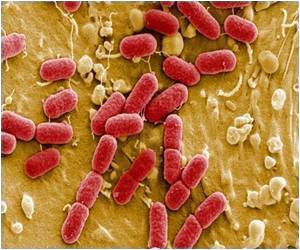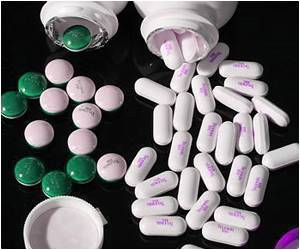Antibiotic resistant E. coli was much more prevalent in villages situated along roads than in rural villages located away from roads, which suggests

Researchers at the U-M SPH and colleagues from Universidad San Francisco de Quito, and Trinity College studied a region in northwest Ecuador for five years, focusing on antibiotic resistant E. coli and the common antibiotic paring of ampicillin and sulfamethoxazole.
"Our results show it's not just the individual's antibiotic use that affects antibiotic resistance," Eisenberg said. "Other important factors that affect the spread of antibiotic resistance are the rates at which people introduce new strains due to movement in and out of the region, as well as poor water quality and sanitation that allow for the transmission of antibiotic resistant strains." Both of these factors are influenced by the presence of the roads.
"We focus so much on the individual, and if they do or don't take antibiotics, but we're learning more and more that there's a broader environmental and social context in which antibiotic resistance happens," Eisenberg said.
While increased antibiotic use over long periods of time can increase antibiotic resistance with bacteria such as E. coli, when antibiotics are taken for much shorter periods of time, they have a different effect on bacteria.
For those bacteria, taking antibiotics amplifies antibiotic resistant bacteria that already exists in the individual, by killing the non-resistant E. coli., which encourages the superbug strains to multiply and take over in the gut.
Advertisement
"If we want to think about how we deal with antibiotic resistance we have got to think about the broader environmental forces that cause the spread of antibiotic resistance, in addition to how doctors prescribe antibiotics to individuals," Eisenberg said.
Advertisement
Source-Eurekalert









